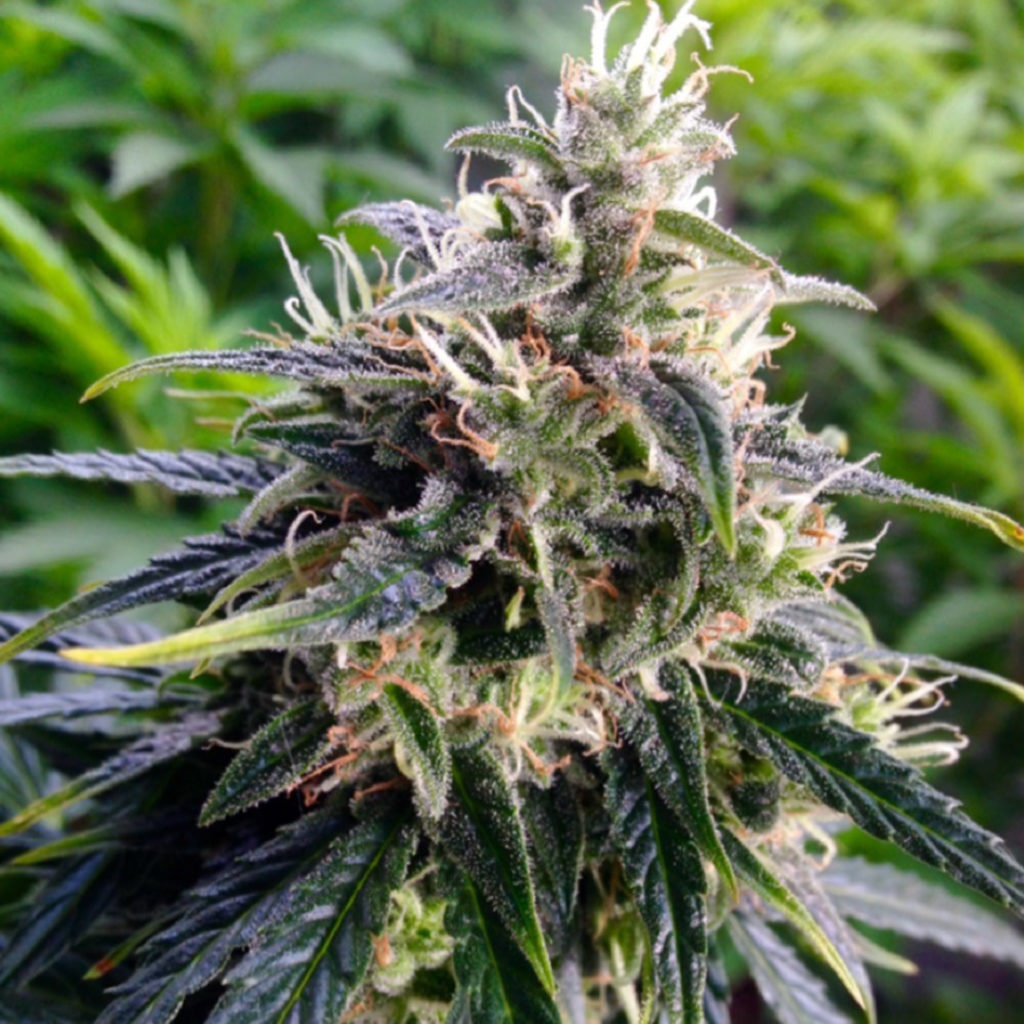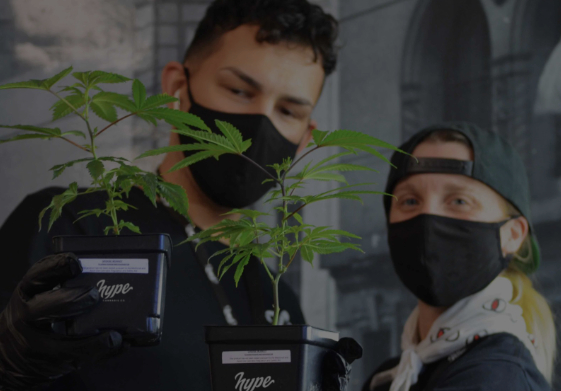Is Growing Cannabis Right for You?
Ever think you may like to try to learn how to grow cannabis clones? If you’re a cannabis enthusiast with a green thumb, growing your own clone feels like the next natural step. Before you get started, you’re probably going to have a few questions: how do you choose a clone, what tools do you need, should it be indoor or outdoor? Ultimately, how do you grow a healthy plant? Let’s dive right in.
Preparing Space for Your Clone
A great place to start is to prep a suitable area for growing the plants and the arrival of your clone. Once you’ve purchased your clone, you’re going to want to plant immediately, this means you need to have a space ready to go. The ideal environment to house your clone is in a temperature controlled room free of drafts.
Though clones are sensitive to too much light, which can cause burning and damage, they need about 18 hours of light a day. Too much darkness during their vegetative cycle can cause them to produce seeds and go into pre-flowering, which hinders its development into a healthy, mature flowering plant.
Setting Up the Ideal Growing Conditions for Growing Clones
Getting soil conditions right is important when you’re learning how to grow cannabis clones so when you’re ready to plant, you want to allow a couple of inches from the top of the soil to the top of the pot. This allows room to water and ensures that the pot will not overflow. Your soil should not be above or below the media; either can cause potential damage to the plant. Make sure to tamp soil before potting so all air pockets are removed, ensuring it will be watered evenly.
Whatever media you’re planning on transferring your new clone to, research ahead of time as some soils need soaking or pre-treatment before transferring the clone, while others are ready to use.
Be aware that right after trans-planting, your plant is in a very sensitive state and could potentially go into shock. This issue might display itself as yellowing, curling leaves (it might resemble other issues such as overwatering, but this will happen right after transferring). This is due to the roots being disturbed, not a watering or nutrient issue. The best action for this is just to wait a few days; sometimes it just takes a little patience for the plant to get acclimated to its new setting. If it seems like your plant is not snapping back, you can try watering a little more than usual.
Schedule Consistent and Regular Watering for Your Clones
Once your clone is looking happy in its new pot, now the work begins. Watering everyday is unnecessary at the start. In fact, in an ideal situation, you should only be watering your plants once every two to three days. This will inevitably change as the plants grow; more plant equals more water. Your plants need some darkness to develop healthy root growth. Too much direct light will result in burnt leaves.
Consider Artificial Lighting for Creating Optimal Growing Conditions
Lighting can be tricky when you’re learning to grow cannabis clones. There are many artificial lighting kits on the market so if you’re looking to incorporate a lighting system into your home grow, keep in mind T8 and T12 florescent are highly recommended. The room where your cannabis clones are growing will be best if it’s not too drafty, and keep the temperature from becoming stifling hot. These plants are in a delicate stage and need a temperate space so they don’t dry out or make them susceptible to bacteria.
Pests and Ailments to Watch for When Growing Cannabis Plants
Once your plant begins to get established in its new home, you’ll need to be aware of signs that could indicate potential ailments. Remember, the key to keeping a healthy plant means keeping the soil moist not wet. When you water your plants, avoid spraying them from the top or using a hose that will create too much pressure. This can cause too much water to seep into the soil and affect plant roots.
When you’re learning how to grow cannabis clones, getting the water and soil conditions consistent is important. When you are watering your plants, use a spray bottle or take care with how much water you use so that you do not overwater. You can also setup a sprinkler system, to time when and how much water your plant is getting.
Overwatering is the culprit behind root rot, a problem that will heavily effect, if not kill, your plant. Some signs to look for wilting and discolored leaves, though the rot can also give off a bad and slightly sulphuric odor as well. To avoid overwatering, make sure that you have a proper drainage system for your plant and that you only water when the soil is dry.
Adjust to Changes Quickly and Keep Going
Another important condition to be aware of when learning how to grow cannabis clones is the potential for heat stress. This occurs as you might expect, when the plant becomes too hot and doesn’t receive enough water to combat this heat.
Most frequently, heat stress shows up in the early stages of growth, before flowering begins, and usually displays itself with wilting yellowing or browning leaves. If left too long, the leaves will shrivel up and become crunchy, before the plant completely dies. Your plant may also start to drop leaves, in an attempt to conserve water. To relieve your plant, make sure you’re watering it an appropriate amount.
Going back to overwatering, when you’re learning how to grow cannabis clones soil should be dry, but never too dry; it’s a very delicate balance, but once you are on a watering schedule and know how to read your plants, it should be clear. You can also give your plant a little rest from the heat and transfer it to a shaded place.

Consider Northern Lights when learning how to grow clones. The Northern Lights strain is a prized Indica dominant cannabis strain know for producing euphoric “high”.
Harvest Signs to Watch for as the Cannabis Plant Matures
Once your plant is transferred, you’re ready to start growing a mature plant. This can take between eight and twelve weeks. All strains vary and there are some, such as Early Girl, that are known for the faster yield time. There are many variables that contribute to the rate that plants develop, but as they get closer to their potential harvesting time you’ll want to monitor these developments: trichome color, buds, pistils, and leaves.
The trichomes are one of the most dependable indications of when its time to harvest your cannabis plants. They should be half and half of milky white and amber. If they appear clear, the plant is not ready to harvest. Leaves will begin to yellow and curl as the plant takes in less water and looses nitrogen. Finally, pistils should turn a brown color and the buds should be looking tight and firm at prime harvesting time.
Watch for these key indicators to know when your plant is ready. Whether everything goes according to plan or your first trial learning how to grow cannabis clones isn’t a success, keep at it! Sometimes it takes experimenting to find the right approach, but once you get it the first time you can continue to build your cloning skills.
If you’re serious about learning how to grow cannabis clones, a Vibe by California cannabis dispensary near by offers fresh clones and “teens” for sale on a regular and ongoing basis. Vibe currently operates 3 cannabis cultivation centers in California. Visit a Vibe Cannabis Dispensary at one of 7 locations thought California and Oregon and give the rewarding practice cannabis farming and cultivation a try today.

